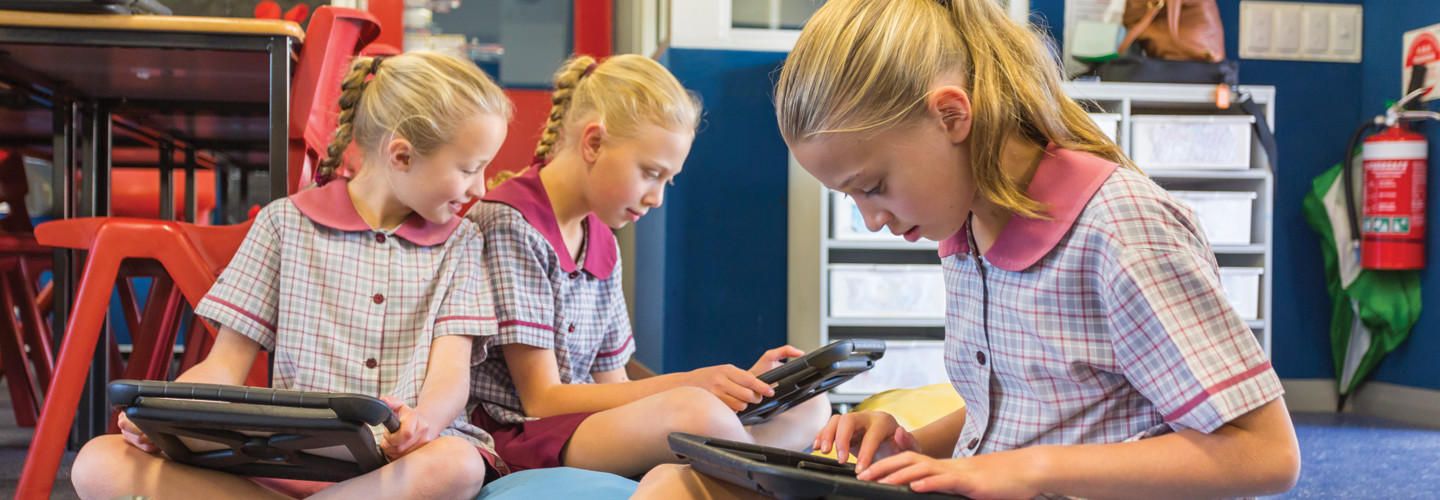Educational Screen Time Offers the Most Benefits
I’ve spent many years in the education field as a senior district administrator, professor, researcher and adviser, and I’ve reviewed screen time research from those in the fields of sociology, medicine and education. Although each field of study looks at different aspects of the issue, all have determined that excessive screen time can be damaging, especially to young viewers.
Researchers in Australia studying 4,013 children identified several categories of screen time — social, educational, passive, interactive and other — in a 2019 paper. According to the study, the type of screen time determines whether it has a positive or negative impact.
LEARN MORE: Find out how to leverage ed tech for inquiry-based learning.
Researchers found that educational screen time provides the most benefit, showing positive effects on children’s persistence and educational outcomes while also having no significant impact on health. Interactive screen time, which includes time spent playing video games, showed positive educational outcomes but was associated with poorer health.
Passive screen time — perhaps one of the more favored for anyone who likes to watch hours of streamed TV shows — is the least healthy form of screen time.
Excessive Screen Time Might Limit School Success
A longitudinal study published in 2020 looked at cognitive and emotional functioning in children over time, between age 4 and 8, measured against their daily screen time. The study found excessive screen time led to emotional dysregulation and negatively affected mathematics and literacy in school-age students.
In 2021, Denise Scairpon published a dissertation on screen time among 4- and 5-year-old children and its effect on their social and emotional development as well as their sleep. The most significant finding: Excessive use of digital devices may cause children to suffer from irreversible damage to their developing brains and limit their ability for school success.
RELATED: Support students’ social-emotional needs with self-regulation spaces.
Help Students Use Screens Responsibly
Too much of anything can be harmful, and screen time is no exception. Each of the studies shared here indicates the need for responsible screen use among children.
While educational screen time has the most positive impact of all types of screen time studied, educators must balance the benefits with the drawbacks.
Educators and parents can work together to promote responsible use of technology. Schools that promote digital literacy for K–12 students can introduce them early to responsible technology use. Adults also can model responsible screen time recommendations.
Both the American Academy of Pediatrics and the World Health Organization recommend screen time limits by age.
Both organizations recommend that children age 6 through 10 use no more than 1.5 hours of total screen time each day. The organizations also note that the maximum recommended screen time for everyone, independent of age, is two hours.
As parents and teachers, we must also refrain from too much screen time and explore other opportunities for engagement and learning beyond our screens. Balance and mindfulness are words we often hear in the context of self-care, but they are relevant when considering the amount of time we allow children to spend in front of screens.
DIG DEEPER: Combining movement and technology enhances learning.










